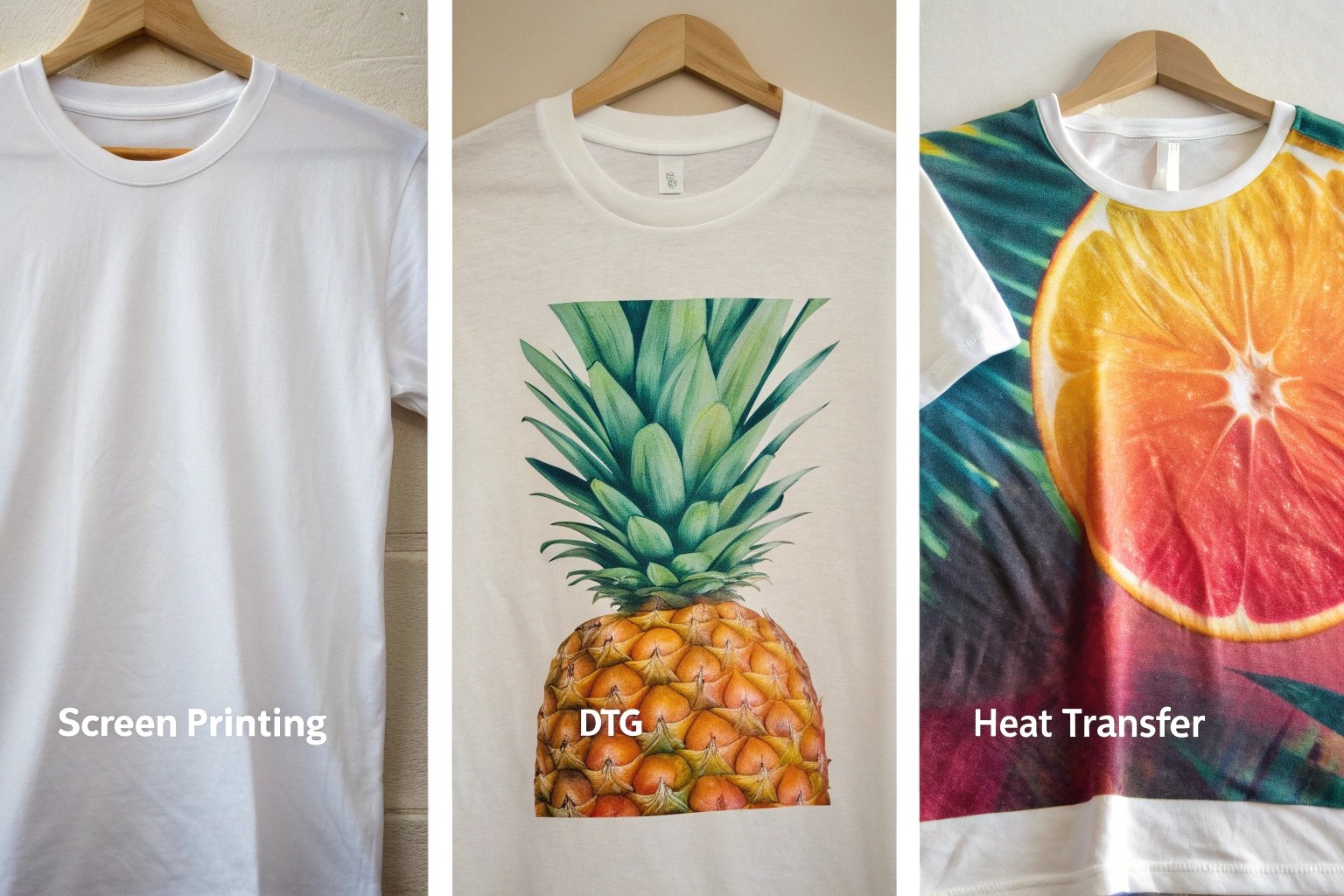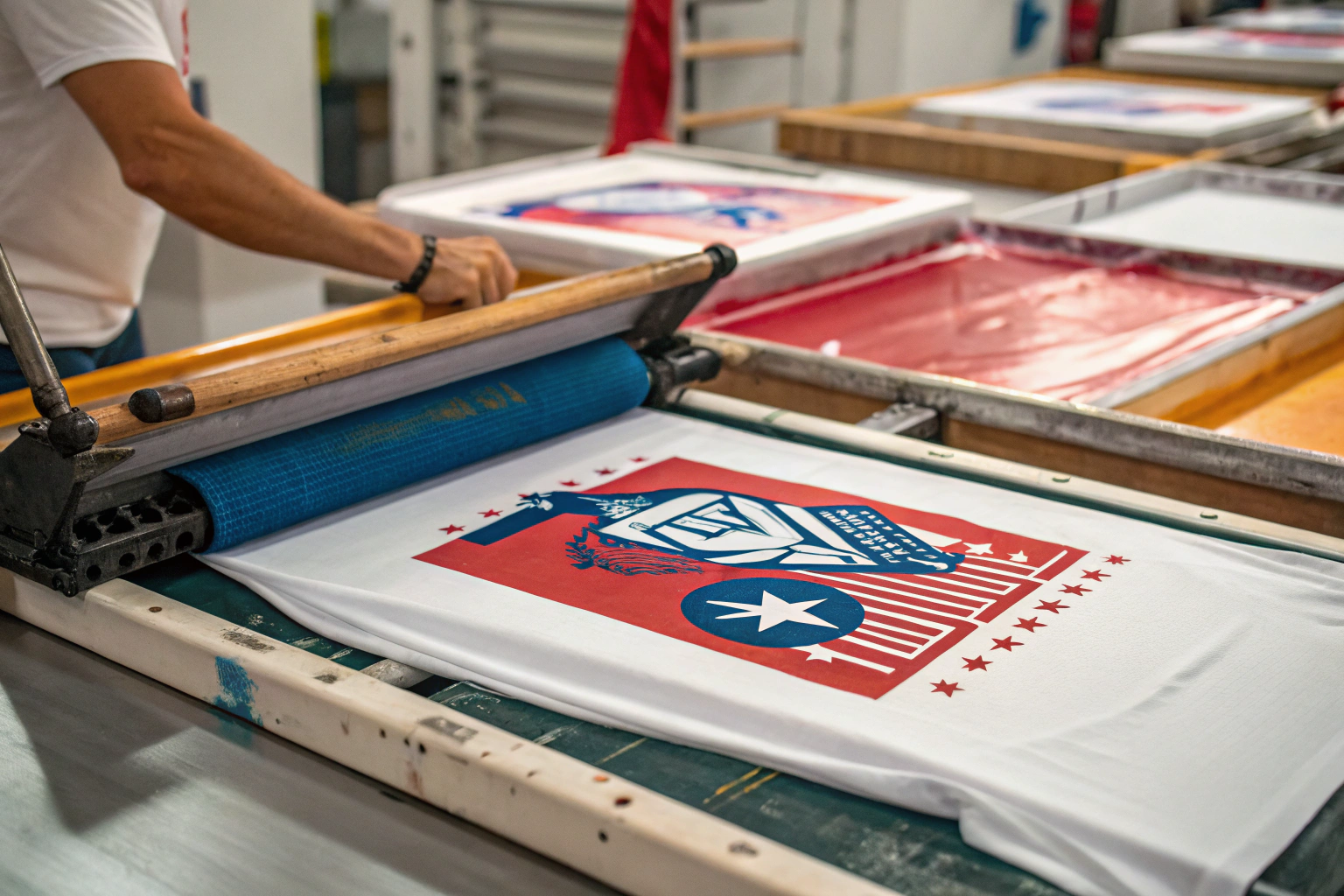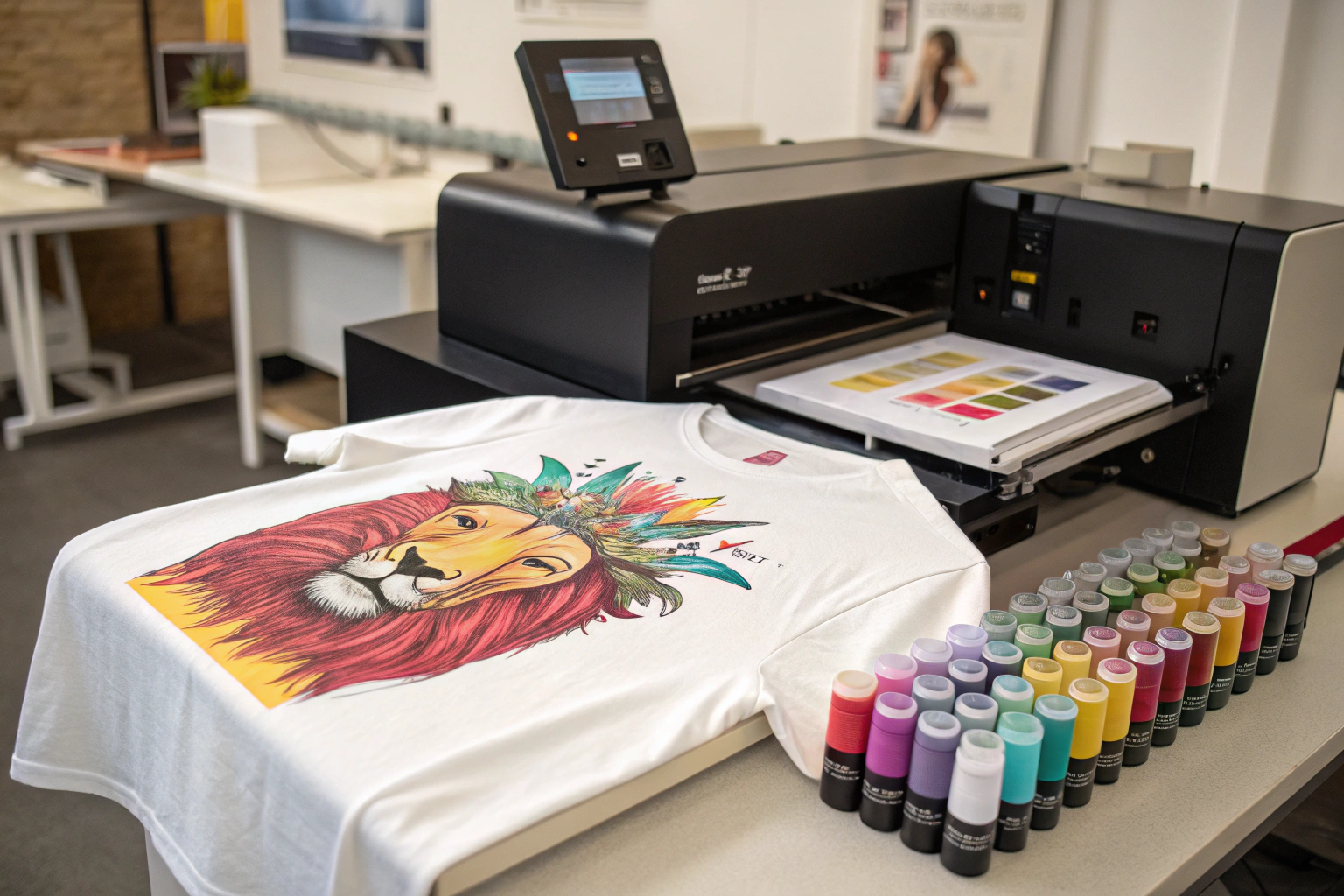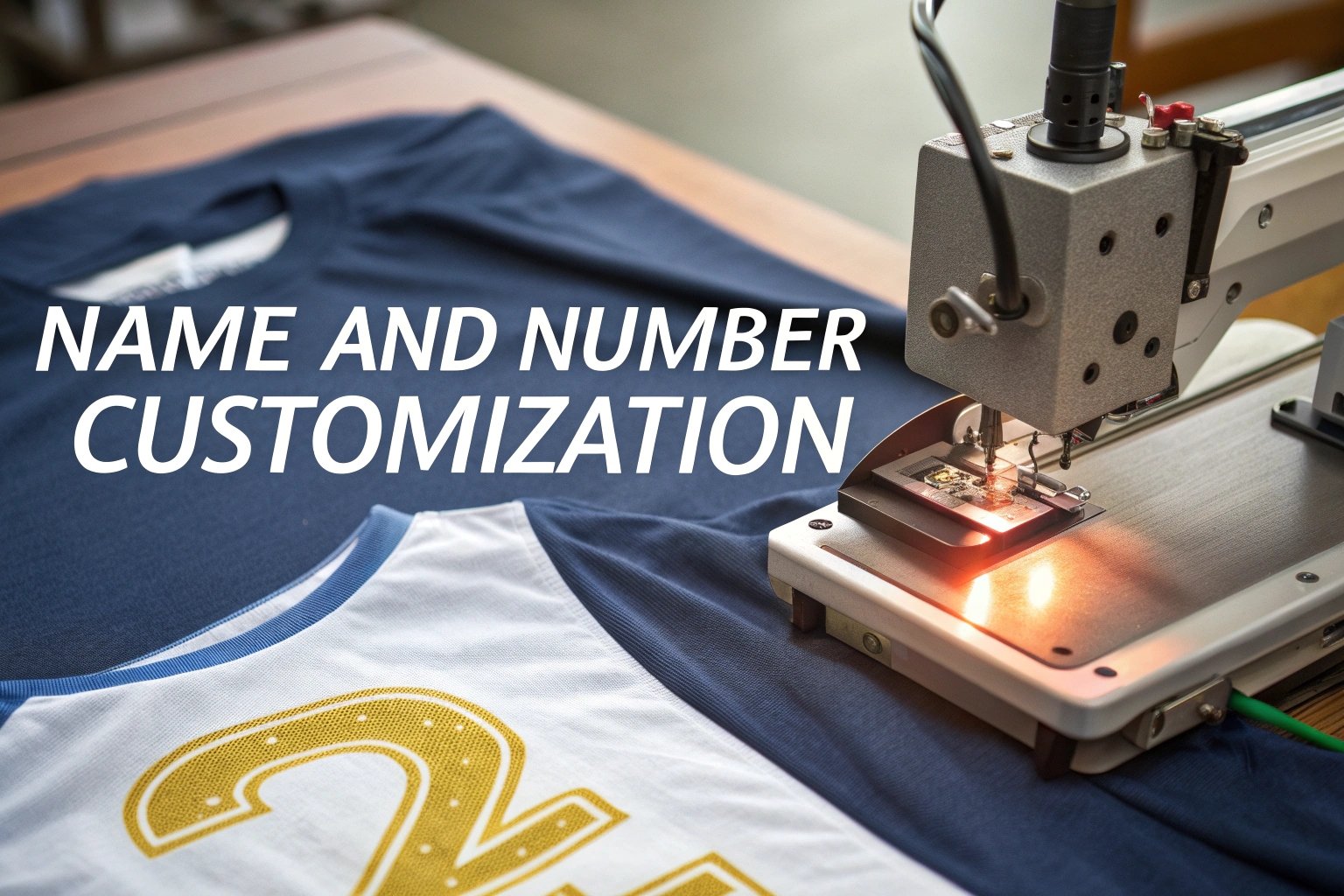
Screen printing, DTG (direct-to-garment), and heat transfer each offer unique strengths for different orders, designs, and fabrics. Choosing the right one improves quality, reduces waste, and boosts profits.
Many startup fashion brands don’t realize how much print method affects the final product. A cracked, faded, or peeling print sends the wrong message—no matter how good the design is. Here’s how to make sure your T-shirts look, feel, and sell like they should.
What is screen printing and when should you use it?
Screen printing is a traditional technique—and still the first choice for many major brands.
It involves pushing ink through stencils onto fabric, creating bold, long-lasting prints that work best for bulk orders and solid-color graphics.

Screen printing works beautifully for designs with 1–4 colors and consistent shapes. The process requires a setup fee, but once ready, it prints fast. That’s why it’s ideal for large batches. The print sits thick on top of the fabric, making colors pop and giving a slightly raised texture. It also lasts for dozens of washes without fading. However, this method isn’t suited for very detailed or photo-style designs, and the setup makes it inefficient for short runs.
If you’re producing team shirts, logo tees, or event merch in large quantities—screen print is the way to go.
How does DTG printing compare?
DTG, or direct-to-garment printing, uses inkjet technology to print digital images directly onto fabric.
It’s perfect for detailed or full-color artwork, especially when you’re printing in small quantities or want fast turnaround.

Unlike screen printing, DTG doesn’t need screens or setup time. That makes it great for short-run orders, one-offs, or testing designs. It’s also capable of printing gradients, shadows, and very fine lines. The feel is softer because the ink absorbs into the fabric rather than sitting on top. However, it performs best on 100% cotton and doesn’t hold up quite as long as screen prints—especially on darker garments where an underbase is required.
If your brand features complex artwork, fan art, or niche phrases sold in limited numbers, DTG gives you flexibility and speed.
What about heat transfer printing?
Heat transfer printing involves pressing designs onto garments using heat and pressure.
It’s a broad category that includes vinyl lettering, heat transfer paper, and digitally printed film. It’s known for flexibility and ease of customization.

Heat transfer is great when you want to personalize each T-shirt—for example, adding names or numbers to a standard design. It also works well on a wide variety of fabrics, including poly blends. The print sits on the surface, similar to screen print, but is thinner and more flexible if done right. Its downsides include shorter lifespan and the risk of peeling or cracking over time—especially with low-quality materials or poor pressing technique.
For on-demand businesses or those offering event-specific or personalized prints, heat transfer offers an affordable, adaptable solution.
Which method is best for your brand?
There’s no single best method—only the best method for your product, audience, and business model.
If you’re producing hundreds of identical T-shirts for a campaign or team, screen printing gives you vibrant color and durability. If you’re launching an art-heavy collection with limited editions, DTG gives you creative freedom without inventory pressure. And if you offer personalized prints, seasonal drops, or low-cost merch, heat transfer is flexible and fast.
Quick decision guide:
- Choose screen printing for bulk, simplicity, and longevity.
- Choose DTG for detail, color, and flexibility.
- Choose heat transfer for personalization and variety on small budgets.
Conclusion
The way your design hits the shirt matters as much as the design itself. Screen print offers bold strength, DTG delivers artistic range, and heat transfer allows quick, custom changes. Understanding these print types helps you make better choices—not just for how your product looks, but how it performs and sells in a competitive market.

